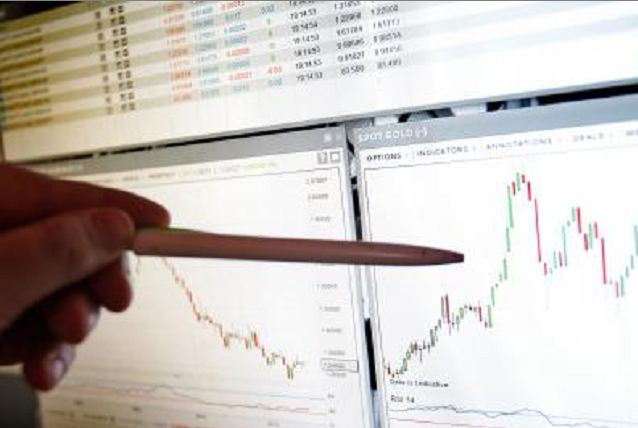
JP Morgan will set aside an additional half a billion dollars to cover potential bad loans to oil and gas companies in the first quarter, underlining the sharp deterioration in the U.S. energy sector.
The United States’ largest bank by assets is stockpiling its defenses after the price of oil fell below $30 a barrel last month and continues to ping pong wildly.
Thousands of jobs have been cut in the U.S. energy sector and roughly a third of oil producers, or 175 companies, are at high risk of slipping into bankruptcy this year, according to a study by Deloitte, increasing the risk that bank loans will not be repaid.
JP Morgan expects to set aside an additional $500 million for oil and gas loans in the first quarter, on top of the $815 million it had at the end of 2015, according to slides released ahead of its annual investor day on Tuesday.
JPMorgan also expects to increase reserves for metals and mining loan exposure by $100 million to $350 million.
The bank said it had not seen any significant contagion from the troubles in the energy sector into its other lending businesses such as commercial real estate and business banking.
Under a stressed scenario, with oil prices at $25 a barrel for 18 months, the bank said it would have to set aside an additional $1.5 billion in reserves.
The bank said it based its scenarios on U.S. West Texas Intermediate oil. U.S. front-month crude futures CLc1 were trading slightly lower at around $33.33 dollars on Tuesday.
While JPMorgan stuck by its profitability target of a 15-percent return on tangible common equity, it stretched out the time it plans to take to reach that goal by one year to 2018. It said hitting that target still depends on interest rates rising to what it described as normal levels.
Banks globally are a facing a hostile environment with interest rates remaining stubbornly low – hurting their ability to profit from lending – continuing regulatory pressure and tough markets with a slowdown in China and a worldwide energy rout hurting companies.